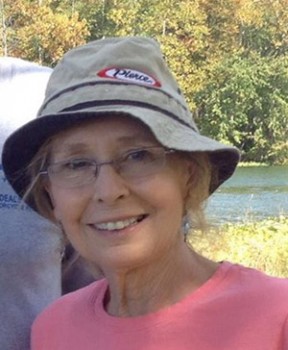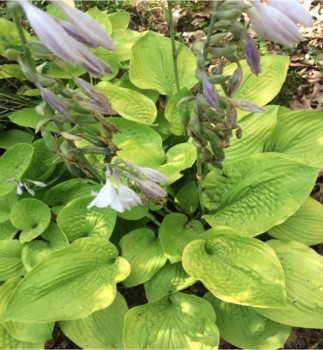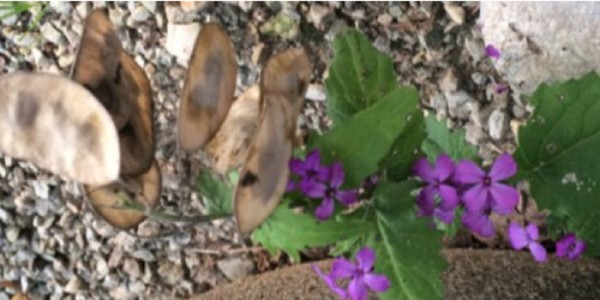‘In The Garden’ — More Watering and ‘Deadheading’
 By JOYCE ARLEEN CORSON
By JOYCE ARLEEN CORSON
Master Gardener
A flower is born, lives out its life and dies. It makes seeds or dust for the next generation of flowers. Some flowers bear fruit or leaves that we may eat holding nutrients that feed or heal our bodies.
The reason to remove the “deadhead:” it is the proper thing to do. Either honor the dead and put them to rest in a gravesite called the compost, or take the best and preserve in a sort of silica sand for posterity. Another choice would be to leave the dead head alone and let the seeds mature.
There is also still the choice to do nothing and let the vegetation dry and fall to the ground, creating a seed bed for the new plants to grow naturally. If the mother plant is doing well where she is growing, you may want the seeds to stay in the same place to grow next season.
The next flower buds will have a better chance to mature if the old blossom is removed by cutting the stalk below, just before or above the next set of leaves. The last blossoms to bloom will make seeds, as well.
However, some plants give only one shot at making seeds, like the hosta. This plant has a series of blossoms on the stalk, and the seeds do not ripen necessarily in the order that they opened.
If it is a “pod plant,” a plant that makes seeds, or a “pollen plant,” does not make seeds, you will need to make a choice; cutting the spent blossom, or waiting to collect the seeds later. The seeds need a certain amount of nutrients from the parent plant to develop into fertility and the pollen may still be collected too, for hybridization purposes or for the bee that is collecting pollen for the hive.
A flower is usually a sign that the plant is nearing death and produces fruit or flowers for survival of the species. Most plants when blooming are very vulnerable. Basil, for example, should have the blossom removed so leaves may be used in our diet for flavor and nutrition.
However, some plants need to grow beyond leaf harvest to use the seeds in the diet. Cilantro is one flower that the leaves are used for flavor and the seed must ripen to produce coriander. It is referred to as a spice or herb.
Water, along with other nutrients which it carries, is essential to the survival of plants, including grass. A sign of not enough water is wilting and curling leaves. Yellowing beginning with bottom leaves and the white shadow of mold may mean too much water. It may also mean soil was washed away from roots due to erosion.
A rule or two: if the soil turns light brown, and is dry to touch, you need to water. High temperatures and direct sun may require more water. However 1.5″ per week usually is enough. If there is proper drainage more may do no harm. Container plantings may need special attention, water roots not leaves. Let your water expert be your guide.
Corson is a graduate of Adams Central High School, Manchester University and Ball State University. She and her husband, Ron, were married and enjoyed many years of traveling before they settled at Lake Papakeechie to raise their family. Soon after moving to the Syracuse area, Corson joined the Syracuse/Wawasee Garden Club and then became a Kosciusko County Master Gardener in 2002, the same year she retired from teaching.
“Early on my interest in gardening came from a lineage of farmers and their wives, including three generations of generosity, giving me an enormous collection of heritage trees, shrubs and flowers. History and traveling has given me special interest in native flowers, hosta, the art of bonsai and many plants that have been naturalized.”
Individuals who wish to contact Corson for further information or questions may email her at [email protected].


